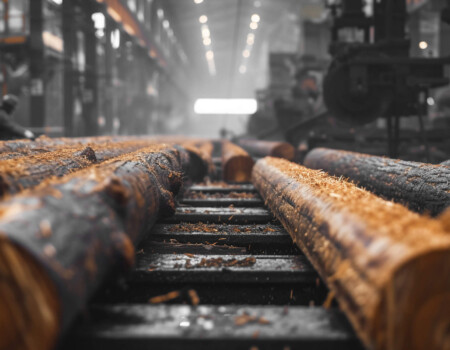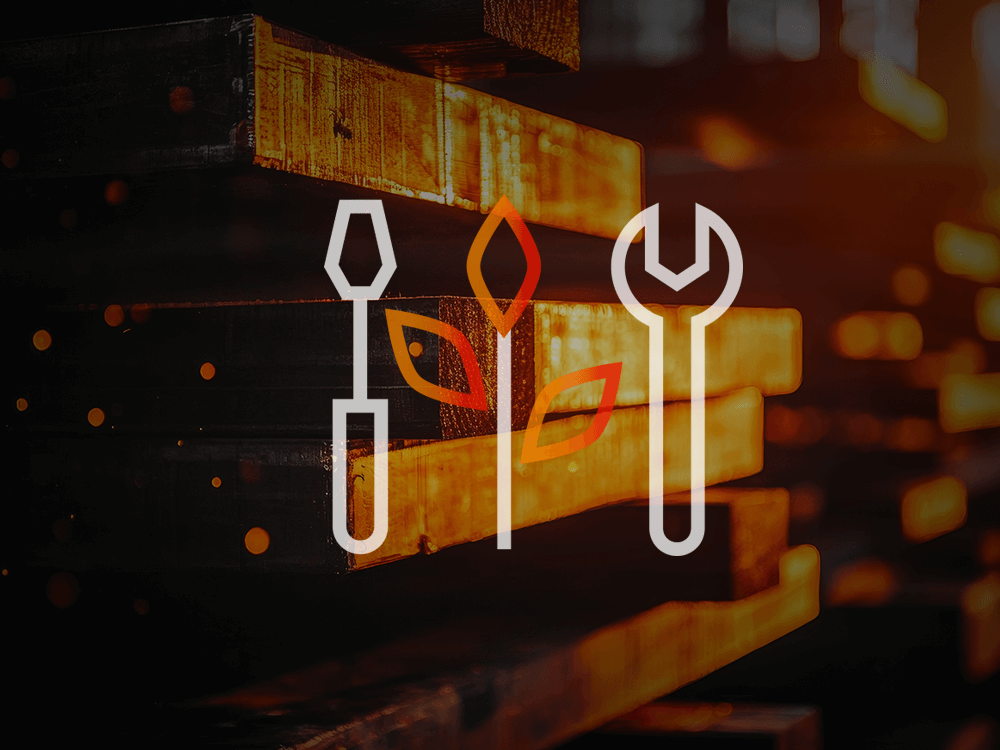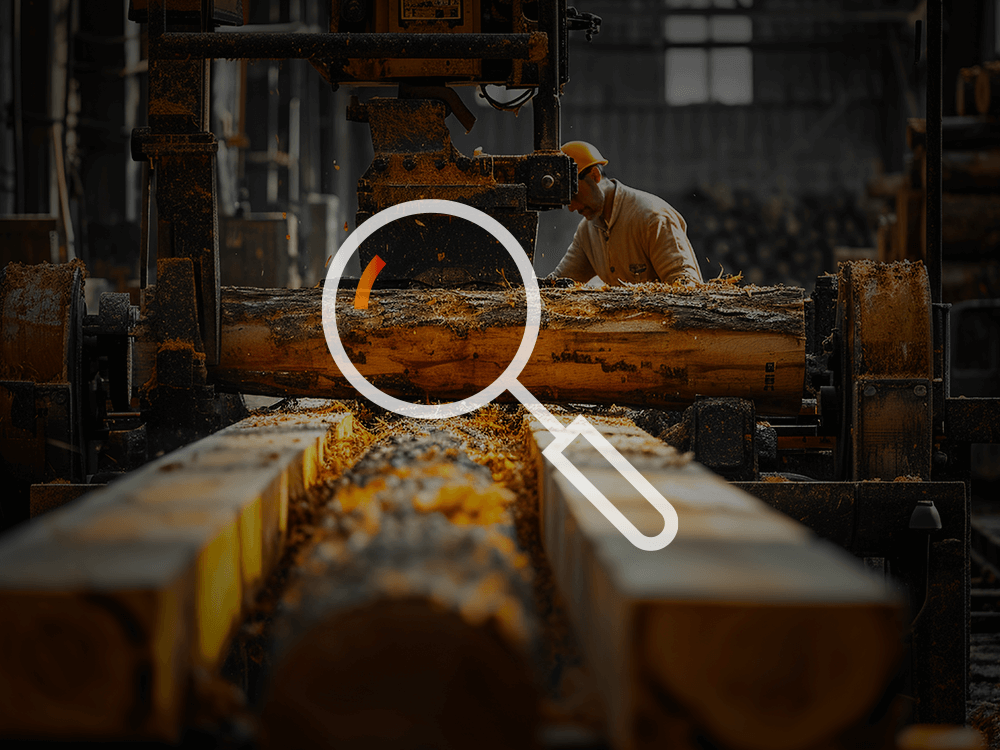Supply chain stability
Continuous supply chain disruptions are one of the biggest challenges facing the metal, wood, and paper industries today. Their causes include geopolitical turmoil and climate change. This results in delivery delays and shortages of raw materials. Fluctuating prices for metals and wood raw materials, as well as rising transportation costs, make stable supply chain management difficult. To make their supply chains more resilient, metal, wood, and paper companies are striving to shorten them. They are investing in advanced technologies to optimize their operations and increase transparency.
Changing customer needs
Customer expectations for product personalization require metal, wood, and paper companies to be flexible and open to innovation. As consumers become more environmentally conscious, they face the challenge of implementing sustainable practices. This, in turn, requires additional costs and sometimes changes in supply chains.
However, customers expect not only products tailored to their needs, but also fast delivery. To meet their requirements, logistics and inventory management must be optimized. With rapidly changing trends and consumer preferences, companies are forced to adapt and respond quickly to new market conditions. This is quite a challenge for traditional business models.
Caring for the environment
Another challenge currently facing the metal, wood, and paper industries is the growing demand for environmentally friendly and infrastructure with high resistance to climate change. To overcome it, companies in these economic sectors are focusing on sustainable raw material sourcing and recycling. There is a need to invest in technologies that reduce carbon emissions while increasing energy efficiency.
In addition, both sectors are making costly investments in research and development of new technologies. The goal is to meet the requirements related to green materials. Increasing legislation related to sustainable development is forcing companies to make changes to their production processes and supply chains in order to meet the stringent standards in place in many countries.
Technological progress and competition
In order to maintain a stable position on the market, companies in the metal, wood, and paper industries must continuously improve their offerings and optimize their business processes. Upgrading existing infrastructure or digital transformation can be the way to gain a competitive advantage. Companies are pushing themselves to innovate while trying to reduce operating costs. Implementing advanced, automated solutions helps increase operational efficiency. However, it requires the adaptation of production processes and significant financial outlays. Staying competitive and strengthening your market position also means responding quickly to changing customer preferences. A strategic management approach based on modern tools is essential.












